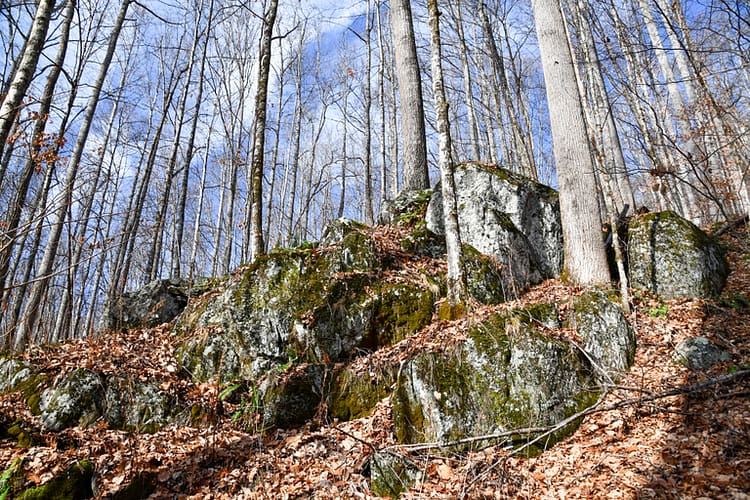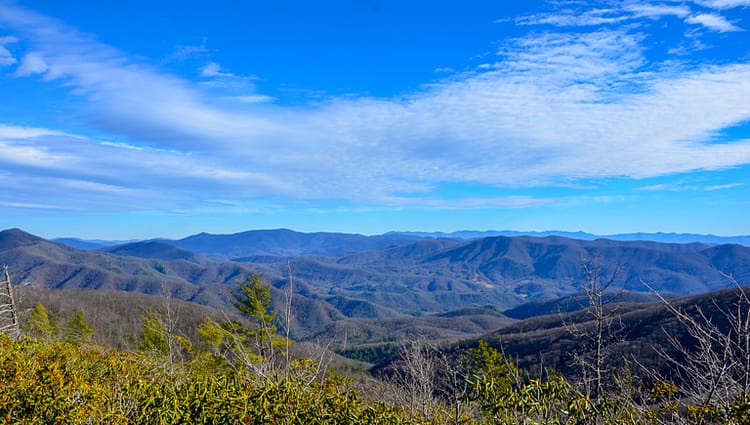There is no doubt that the plant kingdom has fine-tuned the intricacy of seasonal change that belies the stark landscape of winter. Hiking in winter feels hushed and peaceful, as though everything around you is in deep slumber. Even before the winter solstice arrived, we had already hiked twice in the snow.
I finally reached the 500 mile-plus mark for 2019, just a few days after Christmas. The past few months have been a bit overwhelming, between travel, full time employment and teaching a class at a local university. I haven’t stayed off the trail, though I have dialed it back a bit due to a lingering foot injury. This has meant shorter hikes, and more attention to the seasonal changes that portend the winter solstice. https://earthsky.org/astronomy-essentials/everything-you-need-to-know-december-solstice

Winter gives us a more expansive view of land features, accenting rock outcroppings and steep ravines, and undulating mountains with sharp creases and soft folds. It has been a wet winter thus far, which provides fertile conditions for spring’s wildflowers.

Mosses, lichens and fungi…
One of my goals for 2020 is to learn more about mosses, lichens and fungi. Heavens knows I already have loads of images of them. Mosses and lichens can be found on rocks, trees and ground all year long, and some fungi are hearty enough to survive winter. This is a great resource: https://www.mushroomexpert.com/

These phallic mushrooms were found on the Devil’s Fork trail in December. They were hiding beneath decaying leaves that were gently removed to capture these fascinating images. Nature certainly doesn’t disappoint when it comes to all the different renditions of fungi!

This fungus may be a Milk White Toothed Polyphore, which is counter-intuitive to the image. However, the Field Guide to Mushrooms of the Carolinas (Bessette, Bessette and Hopping, 2008), indicates that when young, this fungus can be purple before fading to a cream color as it matures.


Winter solstice marks the turn to longer days, and winter brings plenty of opportunity to focus on learning something new. Another goal for 2020 is to make sure I don’t fall behind with blog posts…

Rejuvenation
On Christmas Day, we did a short hike at Big Ivy, recovering from a celebratory Christmas eve feast. Along the trail, there were many dried seedpods of Turk’s Cap Lily, including some on the ground. Turk’s Cap Lily is a summer stunner and one plant can sport a dozen or more captivating, deeply-recurved orange lilies in July. For more images of Turk’s Cap in bloom, see https://hikescape.org/lilies-and-other-summer-wildflowers-at-roan-mountain/


Here is a close-up of the seedpod nestled within the dried flower:

The seeds themselves are beautiful: golden triangles with shimmery, crenellated edges surrounding the inner disc. All of these seeds came from ONE seed pod!

I wish you and yours a bountiful 2020, full of joy and appreciation for the many gifts found in nature. As always, the thought of spring is never far from my mind, but there is much to learn about and reflect upon during our journey through each season. Let’s get out there!


